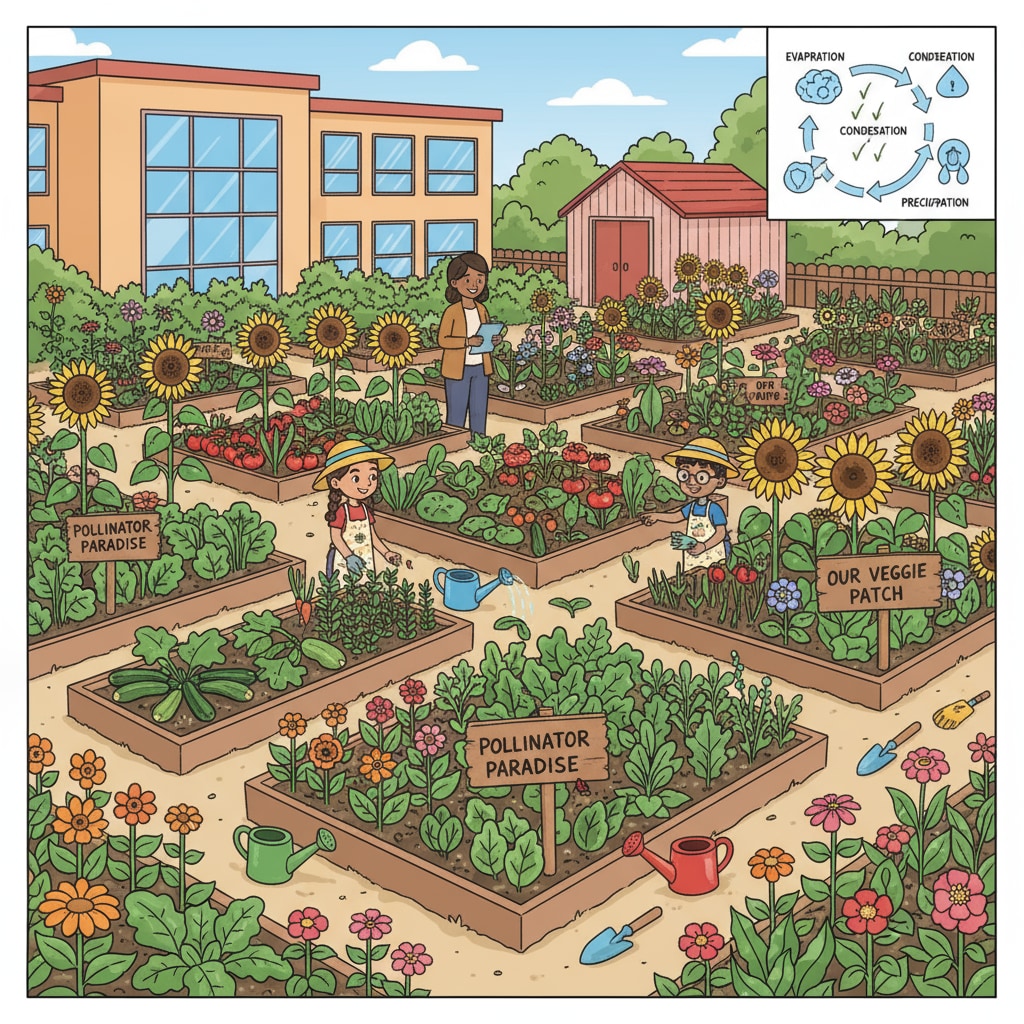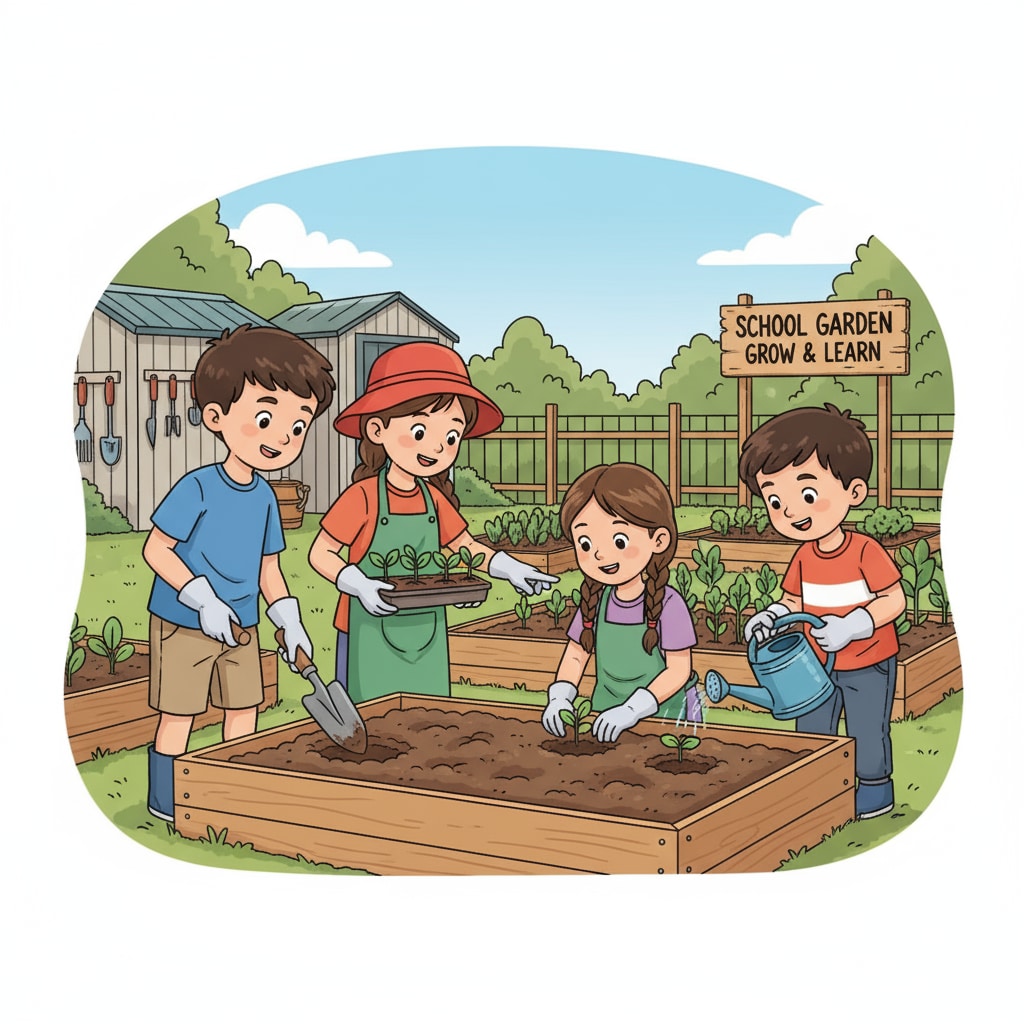School gardens, hands-on teaching, and student development are intricately linked elements that have the potential to reshape the landscape of K12 education. A school garden is not merely an aesthetic addition to the campus; it is a dynamic and interactive educational resource.

For instance, students can engage directly with nature, which is a fundamental aspect of hands-on teaching. This interaction paves the way for their holistic development.
The Multifaceted Value of School Gardens in Education
School gardens offer a wealth of benefits in academic aspects. They provide real-world examples for subjects like biology, where students can study plant life cycles firsthand. In addition, math concepts such as measurement and area calculation can be taught in the context of garden planning. This hands-on approach enhances students’ understanding and retention of knowledge. Moreover, school gardens play a crucial role in social and emotional development. Working together in the garden encourages teamwork, communication, and responsibility among students. It also provides a peaceful space for them to relax and relieve stress.

Implementing School Gardens in K12 Education
Making school gardens a reality in K12 settings is feasible with proper planning. First, securing support from the school administration, teachers, students, and parents is essential. Next, identifying a suitable location on campus and obtaining necessary resources like seeds, tools, and funding are key steps. Teachers can then integrate garden activities into the curriculum. For example, language arts classes can involve writing about the garden experience, and art classes can use the garden as a source of inspiration. Benefits of School Gardens on Education.com School Garden Guide on USDA
In conclusion, school gardens, hands-on teaching, and student development are intertwined in a beautiful symphony of learning. By harnessing the potential of school gardens, we can create a more engaging, effective, and well-rounded K12 educational experience for students.
Readability guidance: The content uses short paragraphs and lists to summarize key points. Each H2 section provides a clear focus. Passive voice and long sentences are kept to a minimum, and transition words are evenly distributed to enhance the flow of the text.


